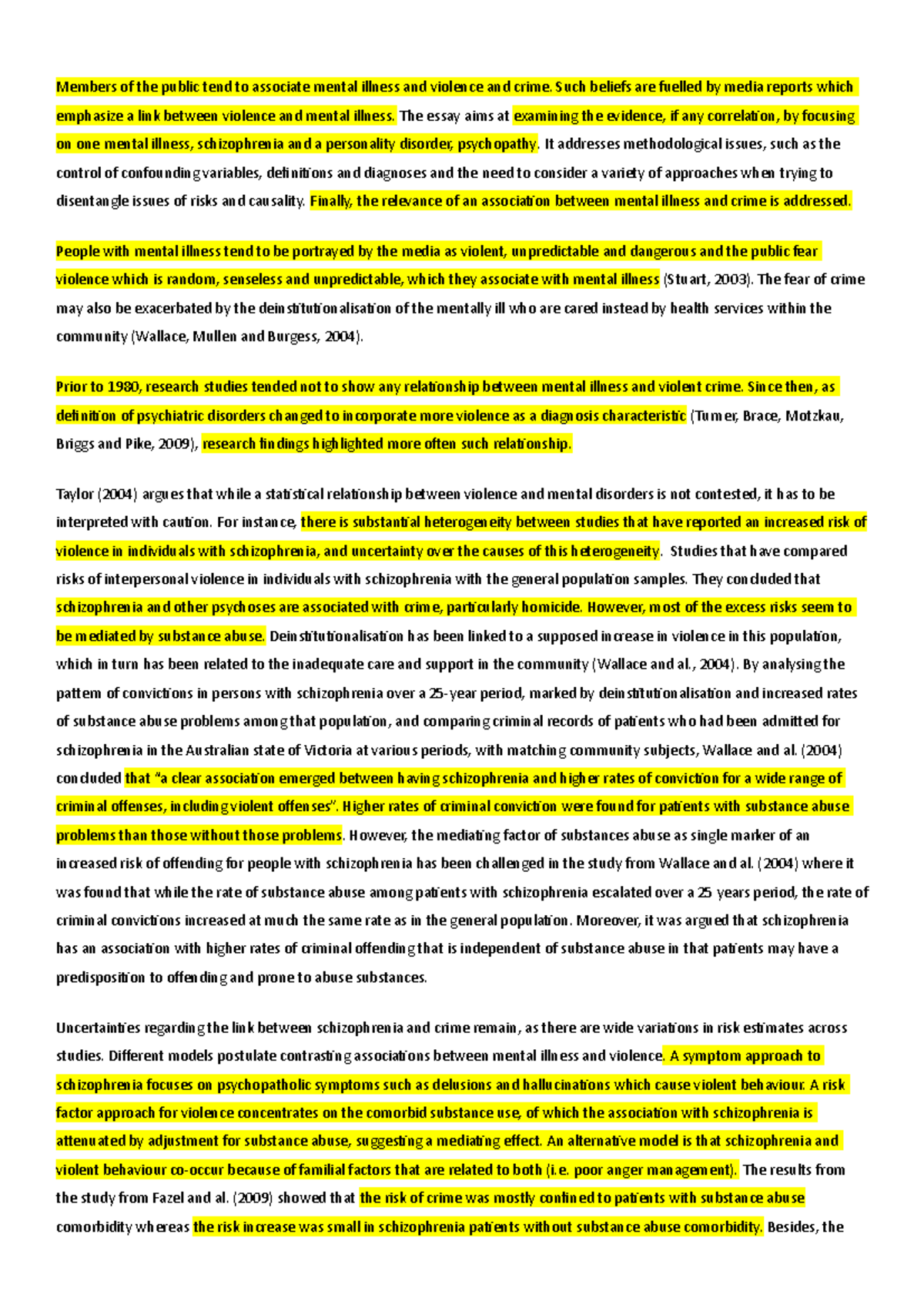U.S.-China Trade Talks: De-escalation Efforts This Week

Table of Contents
Key Issues on the Negotiating Table
The agenda for these high-stakes U.S.-China trade talks is packed with complex and sensitive issues that require significant compromise from both sides. The primary focus areas include:
Tariff Reductions and Removal
A major sticking point in the U.S.-China trade war has been the imposition of tariffs on billions of dollars worth of goods. Discussions this week will likely center on reducing these existing tariffs and potentially removing them altogether. This is expected to involve a phased approach, with initial reductions contingent upon China meeting specific commitments.
- Potential areas for tariff reduction: Agricultural products (soybeans, pork), manufactured goods (textiles, electronics), and technology products are all likely candidates for tariff reductions or removal.
- Challenges: Establishing robust verification mechanisms to ensure China fulfills its obligations and doesn't revert to previous trade practices is a significant challenge. Transparency and reliable data sharing will be key to building trust and ensuring compliance.
Intellectual Property Rights (IPR) Protection
Strengthening the protection of intellectual property rights in China remains a paramount concern for the U.S. This encompasses combating forced technology transfer, the theft of trade secrets, and the proliferation of counterfeit goods.
- Specific measures discussed: Expect discussions around enhanced legal frameworks for IPR protection, increased enforcement of existing laws, and improved transparency in the Chinese judicial system. The U.S. will likely push for stricter penalties for IP violations.
- Obstacles: China's reluctance to cede control over its domestic industries and its history of prioritizing state-owned enterprises could hinder progress on this front.
Market Access for U.S. Companies
The U.S. seeks greater access to the Chinese market for American businesses, particularly in sectors like finance and technology. This involves addressing non-tariff barriers that have historically hindered U.S. companies' ability to compete fairly in the Chinese market.
- Areas of focus: Reducing non-tariff barriers, ensuring a level playing field for foreign companies, and expanding investment opportunities for U.S. businesses in China are key objectives.
- Difficulties: Navigating China's complex regulatory environment, dealing with state-owned enterprises that often enjoy preferential treatment, and overcoming ingrained biases against foreign competition present significant difficulties.
Potential Outcomes and Scenarios
The outcomes of these U.S.-China trade talks are uncertain, with several possible scenarios emerging:
A Partial Agreement
A limited agreement focusing on specific, less contentious areas, such as increased purchases of American agricultural products, might be the most achievable outcome in the short term. This would postpone negotiations on more difficult issues for a later date.
- Benefits: A temporary de-escalation of tensions, improved market sentiment, and a potential boost to agricultural exports from the U.S.
- Drawbacks: Leaving core issues unresolved, potentially leading to renewed conflict down the line, and failing to address the underlying structural issues in the trade relationship.
A Comprehensive Deal
A more ambitious agreement addressing all major sticking points, including tariffs, IPR protection, and market access, would represent a significant turning point in the U.S.-China trade relationship.
- Advantages: Long-term stability in the bilateral trade relationship, increased economic cooperation, and a more predictable and favorable environment for businesses.
- Challenges: Reaching consensus on complex and sensitive issues will require significant compromises from both sides. The sheer number of issues and the differing political and economic systems make a comprehensive deal exceptionally challenging.
Stalemate
The talks could conclude without a significant breakthrough, leading to continued uncertainty and potential further escalation of trade tensions.
- Consequences: Market volatility, further tariff increases, damage to global economic growth, and a further deterioration of U.S.-China relations.
Conclusion
This week's U.S.-China trade talks are undeniably critical. The outcomes will significantly influence the global economy and the future of this vital bilateral relationship. While a comprehensive deal remains challenging, even a partial agreement could offer temporary relief and a pathway toward further de-escalation. Continued monitoring of these U.S.-China trade talks is essential, as their progress will significantly impact global markets and international relations. Stay informed on the latest developments regarding these crucial U.S.-China trade talks and their impact on global trade. Understanding the nuances of these negotiations is key to navigating the complexities of the global economic landscape.

Featured Posts
-
 El Bolso Hereu De Dakota Johnson Minimalismo Y Sofisticacion Al Alcance De Todas
May 09, 2025
El Bolso Hereu De Dakota Johnson Minimalismo Y Sofisticacion Al Alcance De Todas
May 09, 2025 -
 Pam Bondi Epstein Diddy Jfk Mlk Documents Imminent Release
May 09, 2025
Pam Bondi Epstein Diddy Jfk Mlk Documents Imminent Release
May 09, 2025 -
 Expanding Wireless Mesh Networks Market A 9 8 Cagr Analysis
May 09, 2025
Expanding Wireless Mesh Networks Market A 9 8 Cagr Analysis
May 09, 2025 -
 Palantirs Rivals 2 Stock Predictions For Superior Returns In 3 Years
May 09, 2025
Palantirs Rivals 2 Stock Predictions For Superior Returns In 3 Years
May 09, 2025 -
 Car Dealers Double Down Renewed Resistance To Electric Vehicle Mandates
May 09, 2025
Car Dealers Double Down Renewed Resistance To Electric Vehicle Mandates
May 09, 2025
Latest Posts
-
 Understanding The Complex Relationship Between Mental Illness And Violent Crime
May 09, 2025
Understanding The Complex Relationship Between Mental Illness And Violent Crime
May 09, 2025 -
 Mental Health Violence And The Media Deconstructing The Monster Narrative
May 09, 2025
Mental Health Violence And The Media Deconstructing The Monster Narrative
May 09, 2025 -
 Severe Mental Illness And Violence Addressing The Academic Failures In Understanding
May 09, 2025
Severe Mental Illness And Violence Addressing The Academic Failures In Understanding
May 09, 2025 -
 The Misrepresentation Of Mentally Ill Killers A Critical Analysis
May 09, 2025
The Misrepresentation Of Mentally Ill Killers A Critical Analysis
May 09, 2025 -
 Nottingham Attack Survivors Break Silence Recount Ordeal
May 09, 2025
Nottingham Attack Survivors Break Silence Recount Ordeal
May 09, 2025
